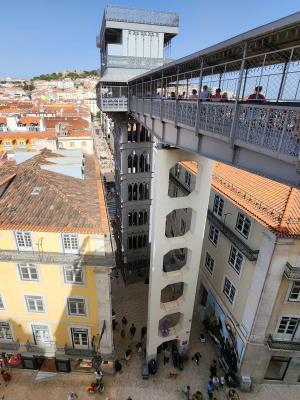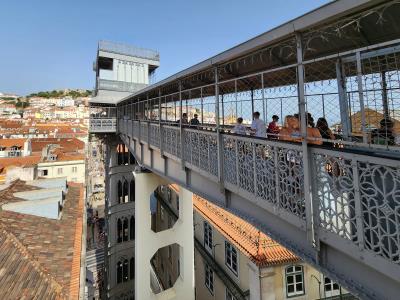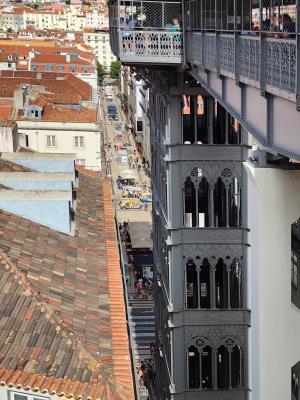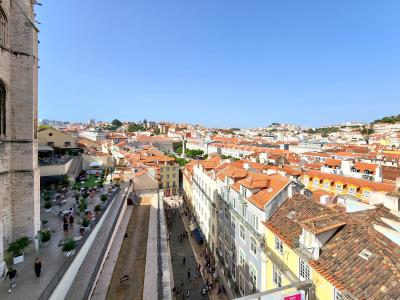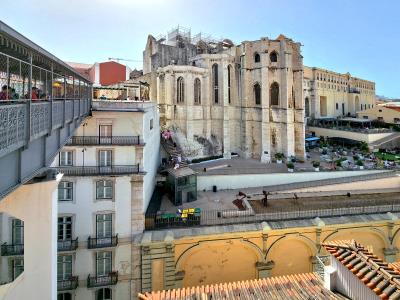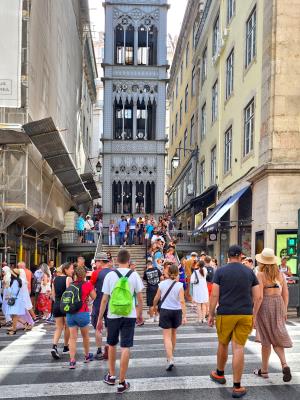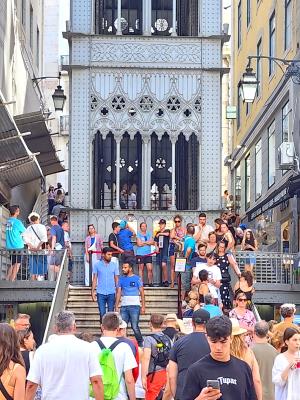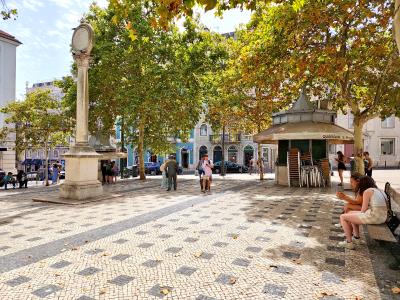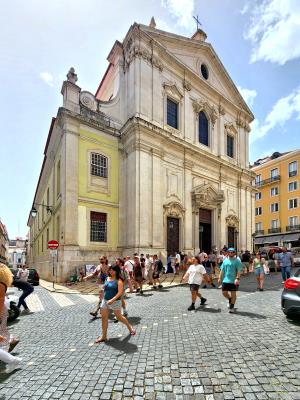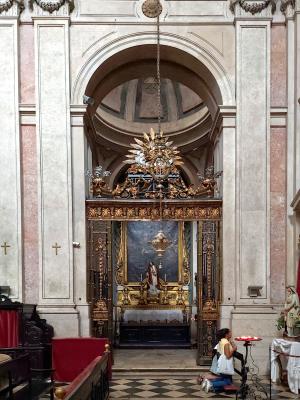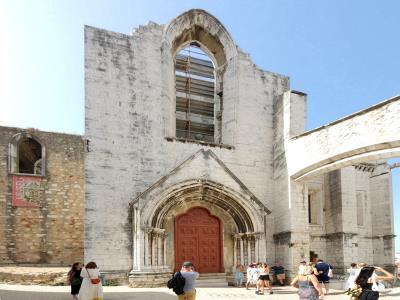Day 2 8/9/2023
Portugal - Lisbon
Frank's Trip
CLICK on any image to enlarge - use mouse cursor to move enlargement it if doesn't fit area
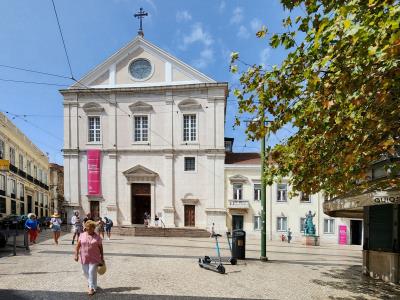
First taste of Lisbon...
This was my first day exploring Lisbon and it couldn't have been nicer. The temperature got up to about 82 and with the breeze flowing through most of the city, it could get a bit cool in some shady areas if not moving around. I did think briefly about the 100 degree temperatures I left behind and still happening at home... Happy To Be HERE :-)
One thing this town could definitely use is a few more benches or places to sit down. There are quite a number of parks, but even these seem to have limited seating. The little cafes scattered here and there do, of course, offer seating - to their customers. With all the hills in this town to climb up and down, this old man needs a rest sometimes... especially when going uphill!
Pictured above is Igreja de Sao Rogue. The church with the plainest façade in Lisbon has one of the city's richest interiors. Inside, the Chapel of Saint John is today considered a masterpiece of European art.
 Lisbon Old Quarter
Lisbon Old Quarter
The old quarter is still very much intact, though also much modernized. While some of the sites I visited, such as the small churches, cafes, and miscellany aren't spectacular in themselves, they are a part of the core of Old Lisbon that makes it a World Heritage Site as a city area - in addition to the more striking sites that are, in themselves, World Heritage Sites.

Along the way...
Some buildings along my way in Lisbon. The hills show up in the tops of the buildings as they drop down with the hill.
Many parks have little stands where coffee, water, soft drinks, and often beer are available - along with gelato and other snacks

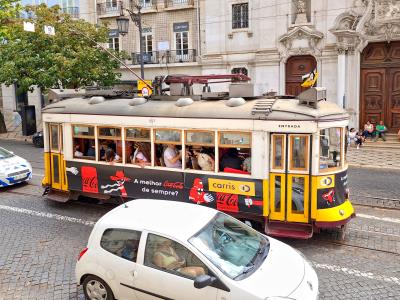
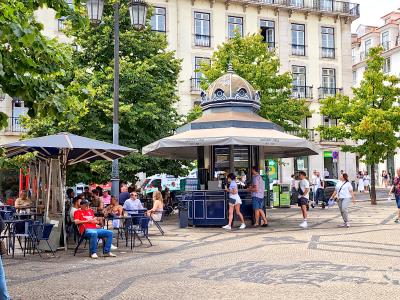
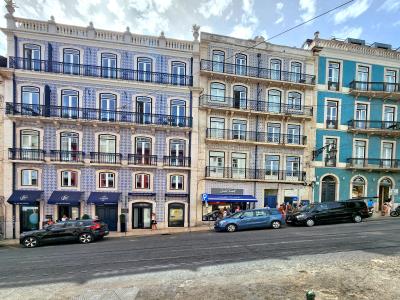

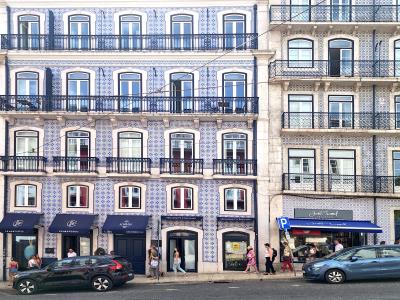
Liveria Bertrand
The world’s oldest bookstore was founded in Lisbon by two French brothers in 1732. It’s located on the main street of the Chiado district, and it has become a popular tourist attraction, thanks to the Guinness World Records certificate at the door, that confirms that this is indeed the oldest operating bookshop on the planet.
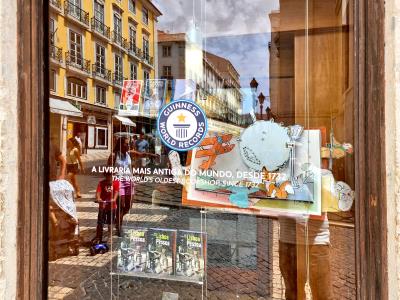
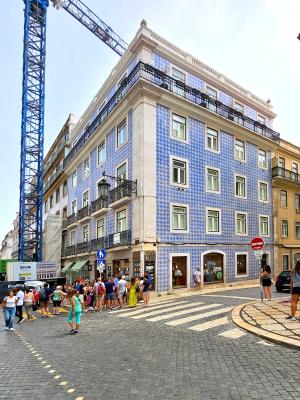
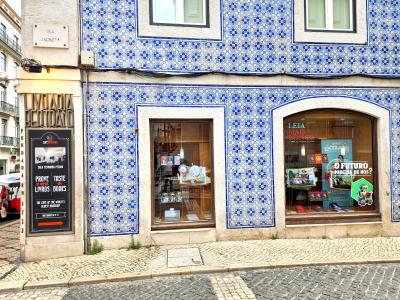
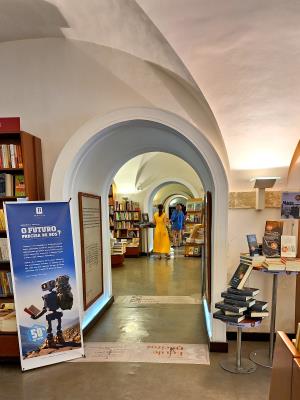
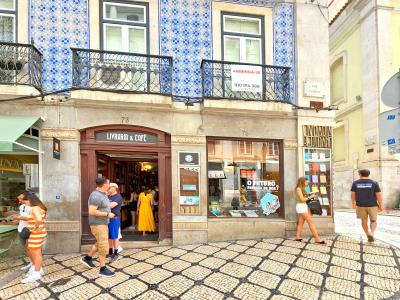
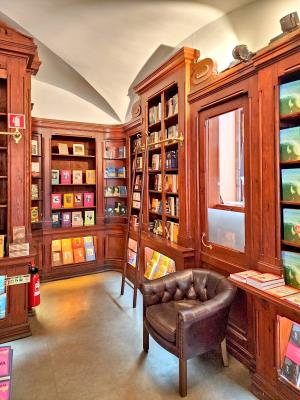
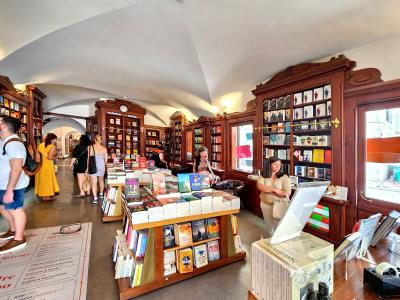
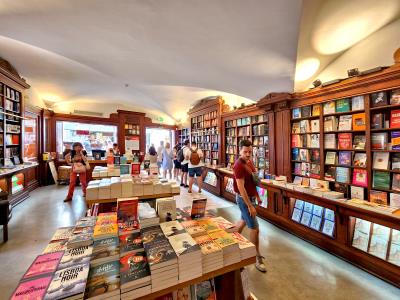
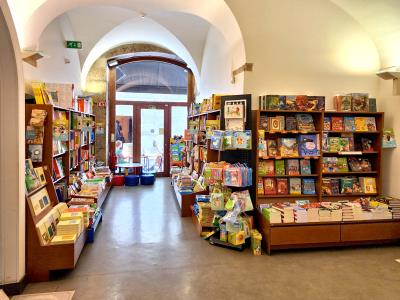
Basílica de Nossa Senhora dos Mártires (Basilica of Our Lady of the Martyrs)
The Basilica of Our Lady of the Martyrs (Basílica de Nossa Senhora dos Mártires) is one of a trio of Rococo / Baroque churches built within a stone's throw of each other on Chiado's Rua da Garrett. This and the other two strikingly similar churches were built in the late 18th century after much of the area was flattened by the great earthquake of 1755.
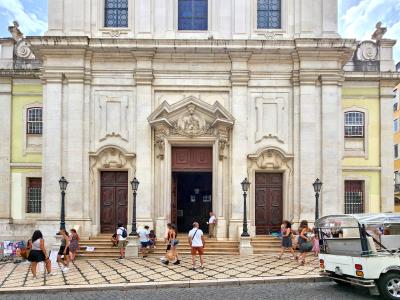

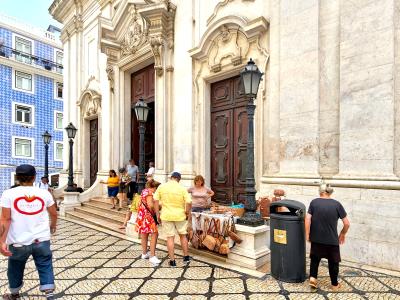

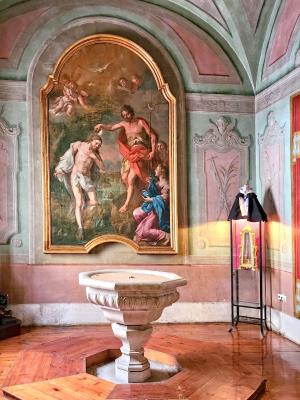
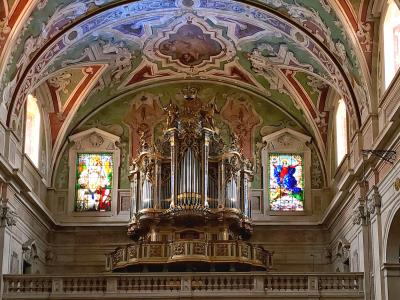

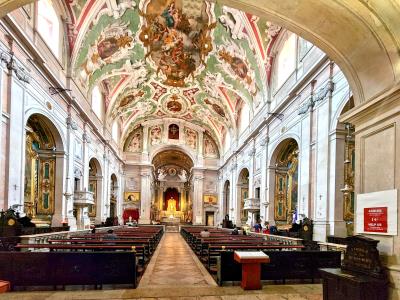
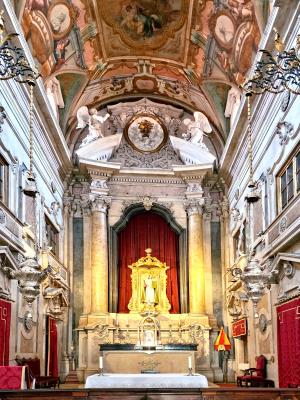
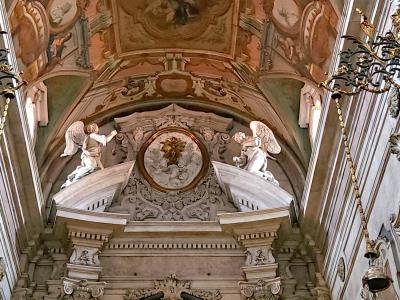
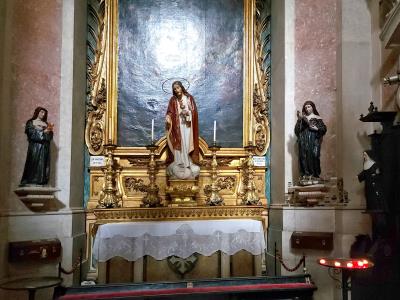

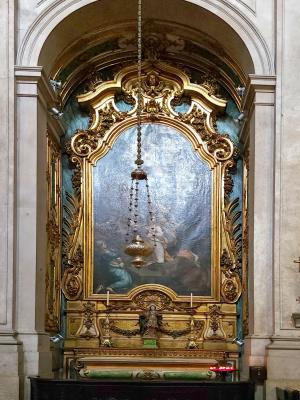
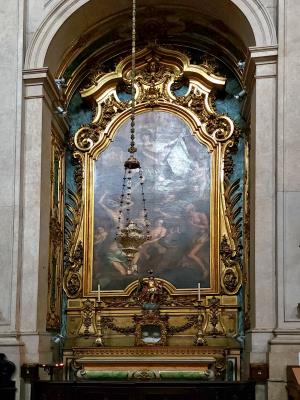
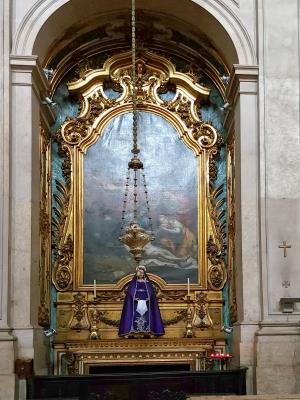
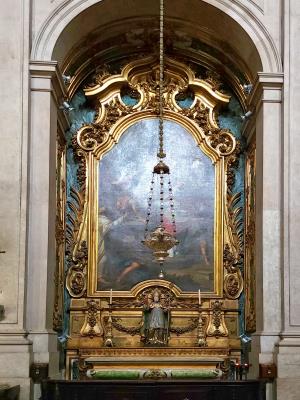
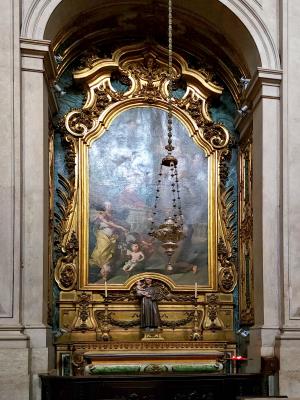
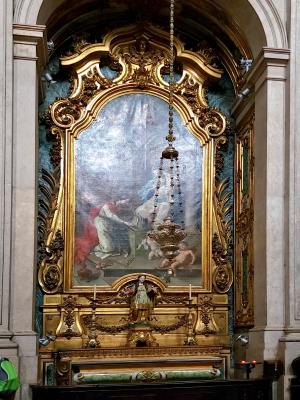
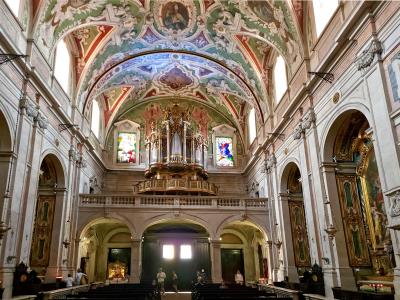

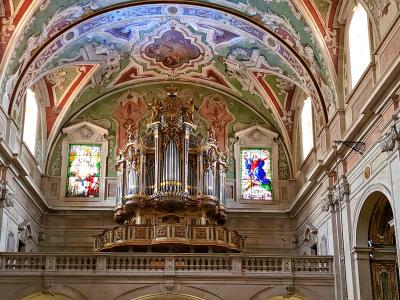
Videos: Basilica of Our Lady of the Martyrs
Click [ ] icon for full screen
United Colors of Benetton
I was a bit confused at first. Very modern store with a very modern elevator. Nevertheless, I took the elevator to the 4th floor and there it was! This is one of Europe's oldest elevators. The elevator has nothing to do with the store's business... it's just there for people to see. Seldom visited, I'm told, because few know about it.

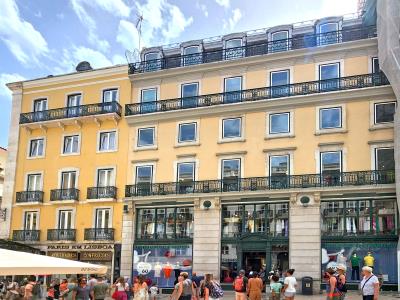
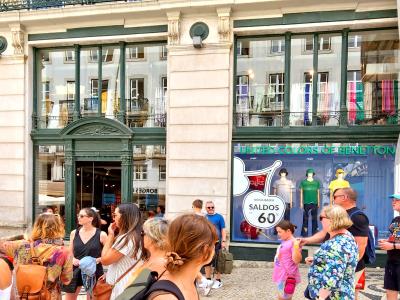


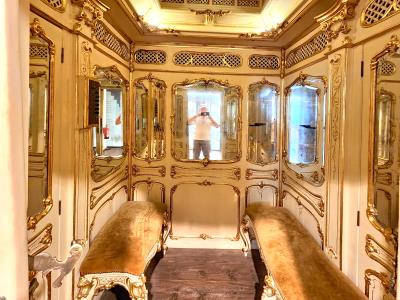
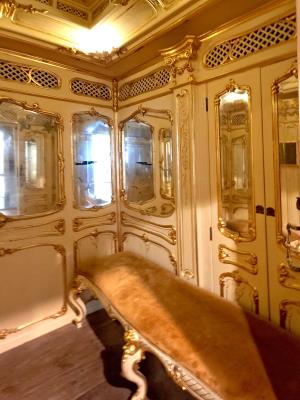
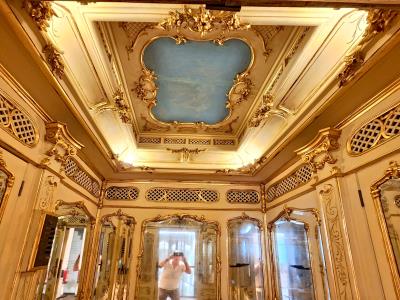

Largo do Chiado Square - Statue of Antonio Ribeiro
Antonio Ribeiro known as O Chiado or O Poeta Chiado was a Portuguese poet 1520-1591


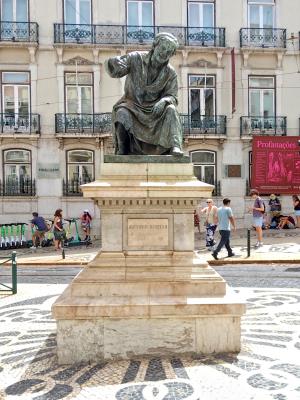
A Brasileira
The Café A Brasileira (The Brazilian Café) is one of the oldest and most famous cafés in the old quarter of Lisbon and constantly active, the shop was opened by Adrian Telles to import and sell Brazilian coffee in the 19th century, then a rarity in the households of Lisbon. Over time the space became the meeting point for intellectuals, artists, writers and free-thinkers weathering financial difficulties and finally a tourist attraction.


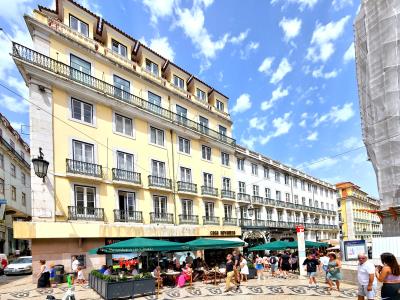
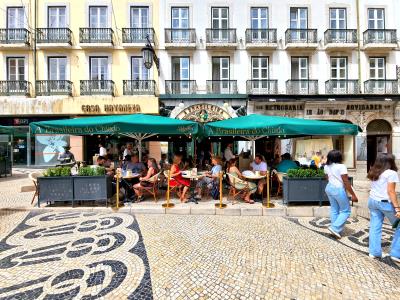

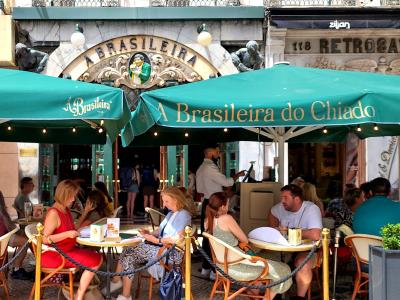
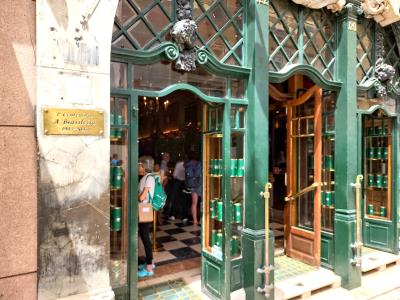
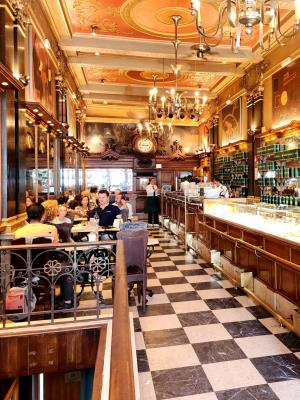
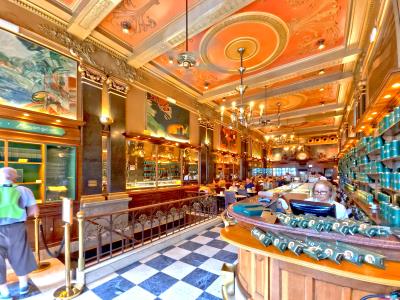
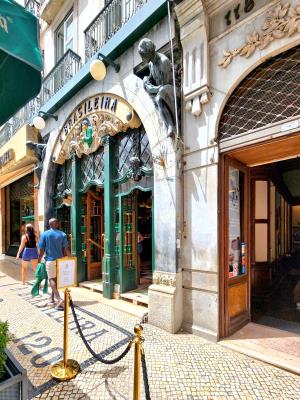
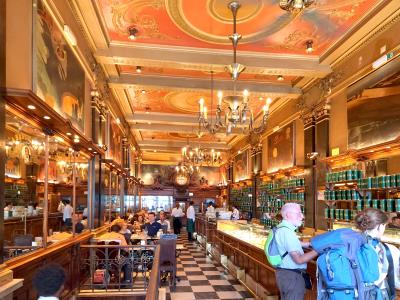
Igreja de Nossa Senhora do Loreto dos Italianos
Open for worship for 500 years, it tells the story of the Italians' relationship with Lisbon. The church was built on the site of the city walls built by King Fernando to establish the western limits of 14th century Lisbon. Worship of our Lady of Loreto, extremely common in Italy, was introduced to Portugal by Italians in the 14th century. The current church is dated 1676 after a fire in 1651 destroyed part of the original structure.
Unfortunately, not open when I was in the area.
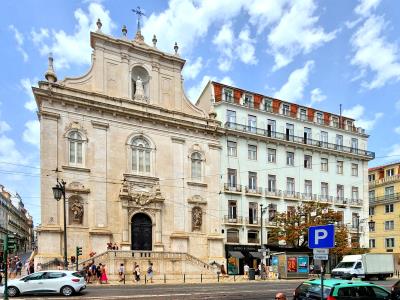

Igreja da Nossa Senhora da Encarnação
Like so many other churches in this part of the Portuguese capital, was completely destroyed by the earthquake of 1755. It was subsequently rebuilt.
Not open when I was in this area.
Praca Luís de Camões
The square was created together with the statue of Luís de Camões that still stands in the middle in 1867 in homage to the poet of ''Os Lusíadas'' and with the aim of praising Portuguese patriotism. The figure measures 4 meters high and stands on a pedestal with eight other figures, representing Portuguese writers, mathematicians and scholars, many of whom worked for the Kingdom of Portugal: Fernão Lopes, Pedro Nunes, Gomes Eanes de Azurara, João de Barros , Fernão Lopes de Cantanhede, Vasco Mousinho de Quevedo, Jerônimo Corte-Real and Francisco Sá de Menezes.
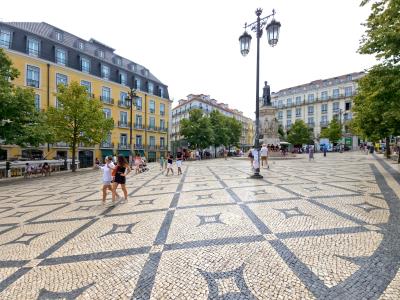
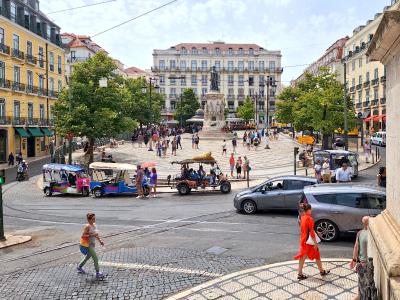
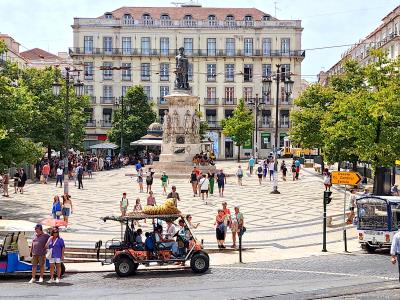
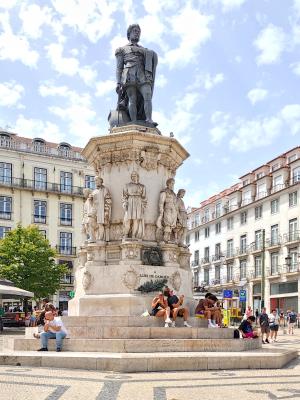
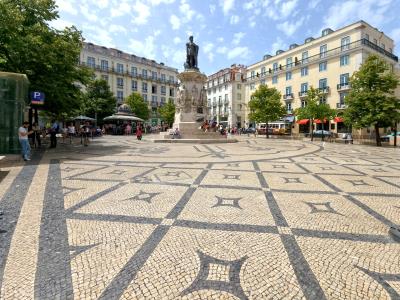
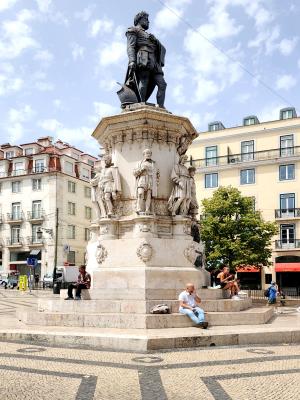
Igreja de Sao Rogue
The church with the plainest façade in Lisbon has one of the city's richest interiors. Above the nave is a painted wood ceiling and along the sides of the nave are eight chapels with splendid baroque art. The 16th century Jesuit church’s most famed attraction is the Chapel of Saint John created by Luigi Vanvitelli. The chapel was assembled in Rome using the most opulent materials like lapis lazuli, gold and alabaster then it was shipped to Lisbon and reassembled in 1747. The chapel is said to be the world’s most expensive.

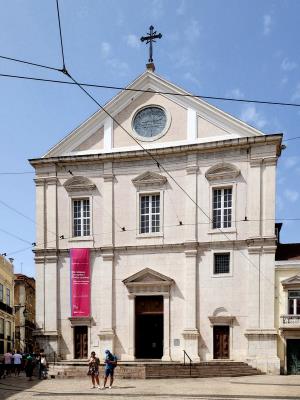
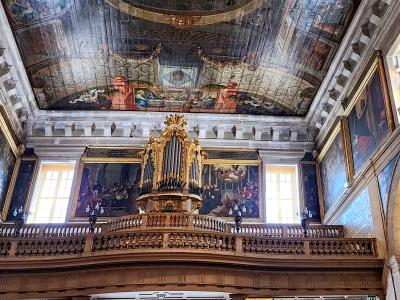
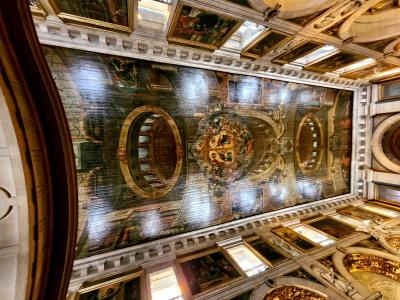
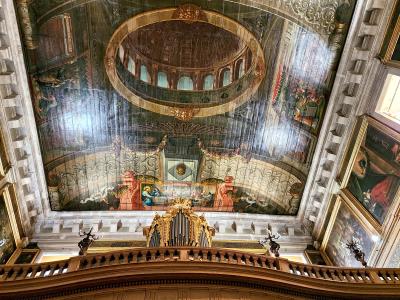
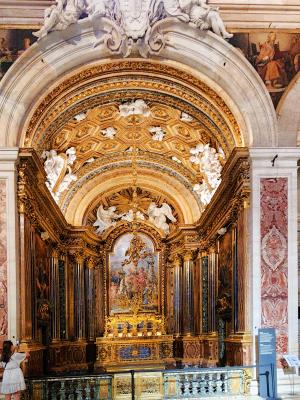
The Chapel of Saint John in Igreja de Sao Rogue
Designed in Rome using the most costly materials available, including ivory, agate, porphyry, lapis lazuli, gold and silver, it was blessed by the Pope and shipped to Lisbon in 1747. Of note is also the chapel's "paintings," which are not paintings but extraordinarily detailed mosaics, and the ceiling painted with scenes of the Apocalypse. Today this chapel is considered a masterpiece of European art.
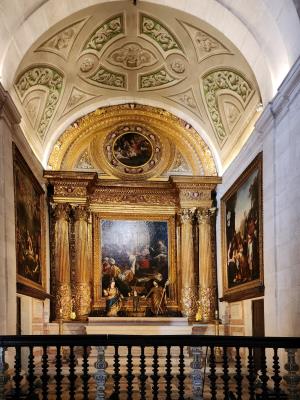

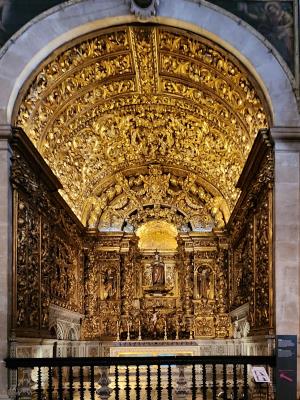
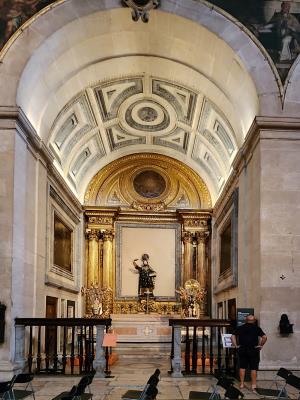

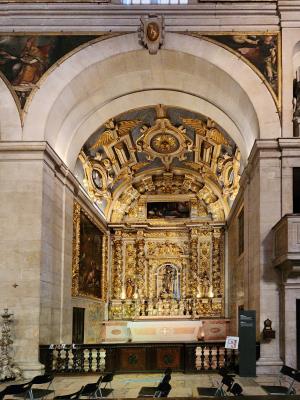


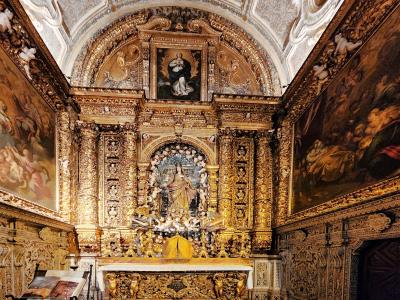

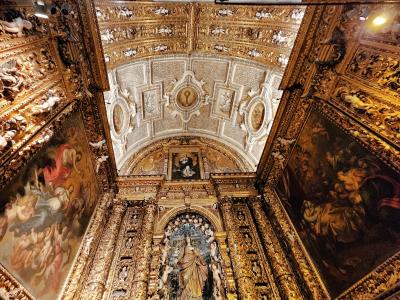
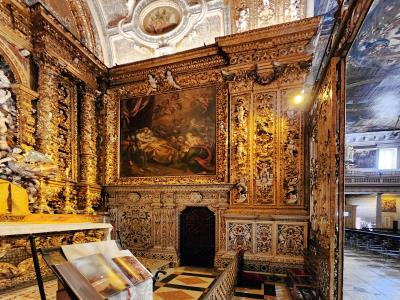
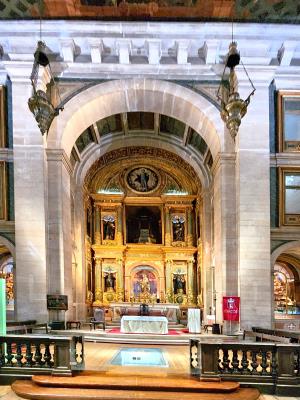
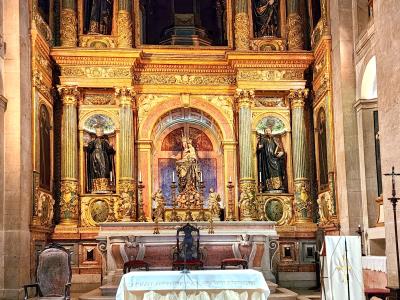
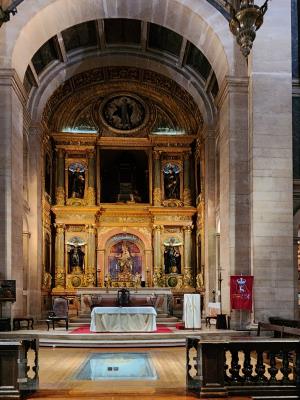

Main Chapel
Built at the end of the 16th century for the sepulcher of Joao de Borja, it was ornamented between 1625 and 1628. The retable of classical construction has a frame for a set of 7 paintings, which rotate according to the liturgical calendar.
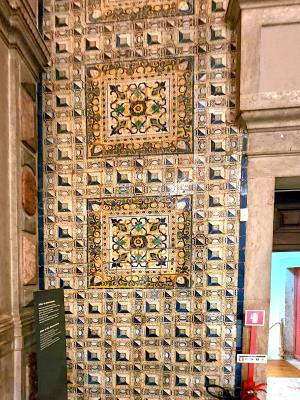
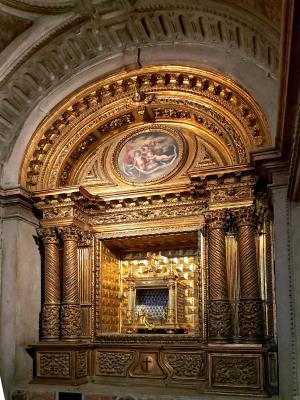
<<< Altar of the Crib
Rekiquary in silver and gilt bronze. Offered in 1615 in order to protect a relic of the crib of Bethleem [sic] donated by Pope Clement VIII
Altar of the Most Holy Trinity >>>
Commissioned in 1622
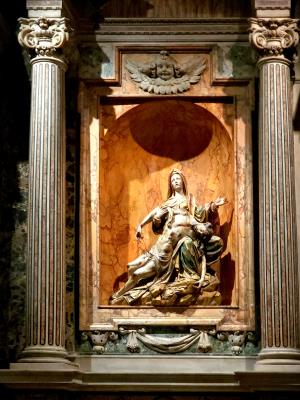
Video: Igreja de Sao Rogue
Click [ ] icon for full screen
Carmo Convent Ruins
Built in 1389, the impressive Carmo Convent was a Catholic convent destroyed by the formidable 1755 Lisbon earthquake. The earthquake forced the vault of the church to collapse and rendered the building unusable.
Afterwards, the subsequent fire (caused by the earthquake) destroyed everything inside the church, effectively wiping out all historic artifacts. These horrific natural events completely destroyed the church and left only the remains we see today.
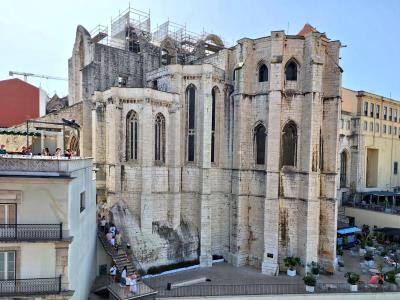
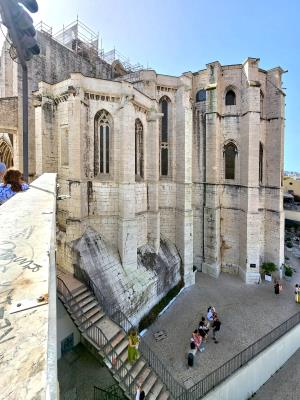
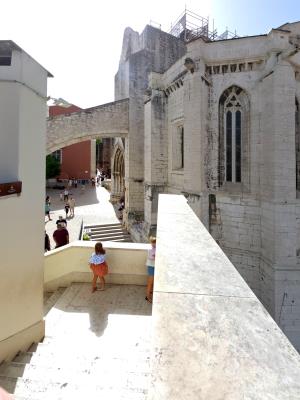
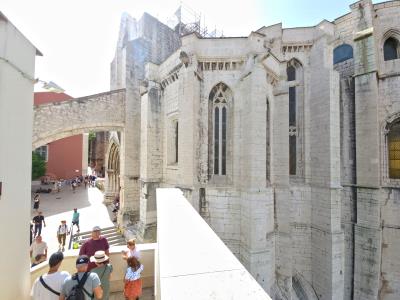


San Justia Lift
The Santa Justa Lift is an elevator in Lisbon and is the fastest way to get from the Baixa neighborhood to the Bairro Alto district. It was inaugurated as one of the city’s public transport systems on 10 July 1902 and was called Elevador do Carmo (Carmo Lift). Lisbon’s inhabitants were so excited to try this novelty that on the first day, 3,000 tickets were sold. The Lift was a huge success, as before it existed, it was very difficult to travel from upper to lower Lisbon and vice versa.
The Carmo Lift was originally powered by steam until 6 November 1907, when an electric motor was put in place. The Elevador de Santa Justa stands 147 Ft (45m) tall. The Lift has a stunning observation deck at the top and offers magnificent views over Baixa. Since it was opened to the public, it has become one of the most popular viewpoints in Lisbon.
